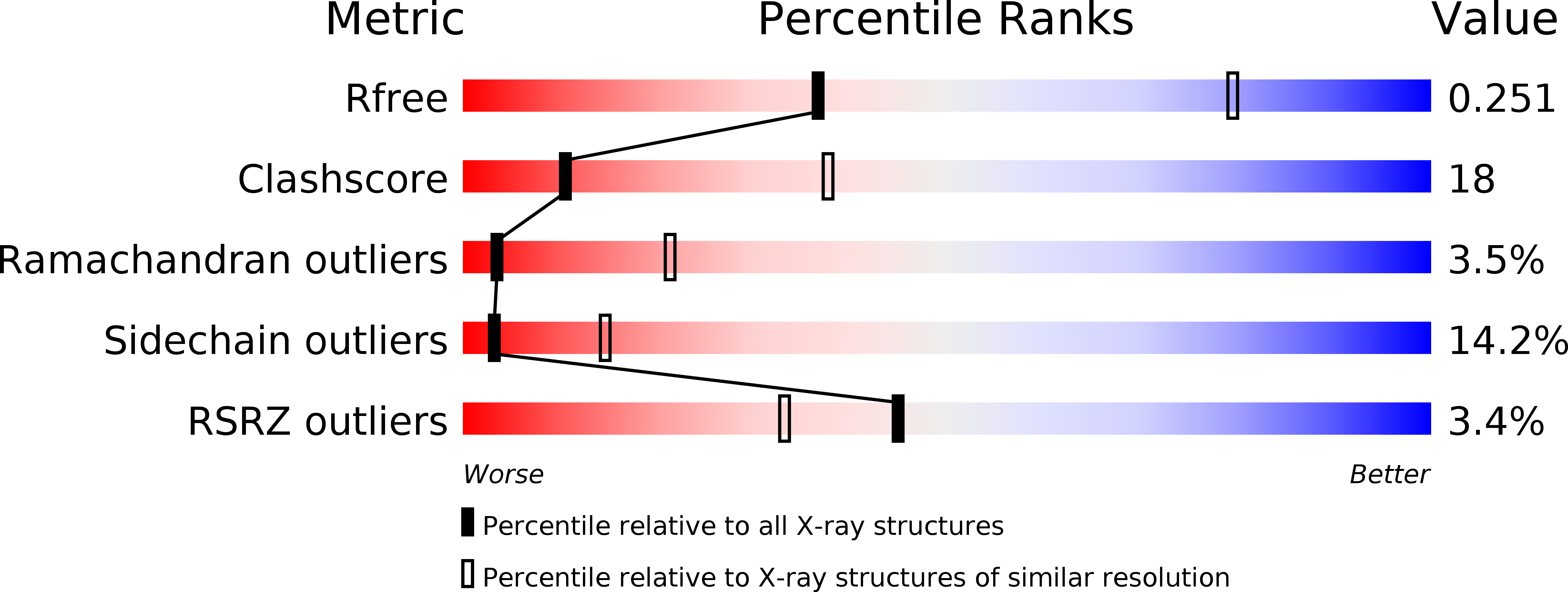
Deposition Date
2012-11-20
Release Date
2013-11-20
Last Version Date
2024-10-16
Entry Detail
PDB ID:
4I18
Keywords:
Title:
Crystal structure of human prolactin receptor complexed with Fab fragment
Biological Source:
Source Organism:
Mus musculus (Taxon ID: 10090)
Homo sapiens (Taxon ID: 9606)
Homo sapiens (Taxon ID: 9606)
Host Organism:
Method Details:
Experimental Method:
Resolution:
3.24 Å
R-Value Free:
0.24
R-Value Work:
0.19
R-Value Observed:
0.19
Space Group:
P 61


